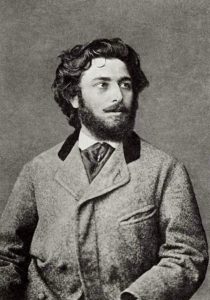
1841 - 1910
Arkhip Kuindzhi
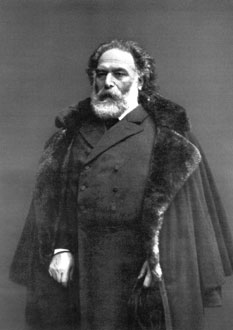
description
A famous Russian and Ukrainian landscape painter of Greek origin, a master of Impressionist painting, a talented teacher and the founder of the Society for the Assistance to Artists (it was named after the artist when the master was alive). Starting his painting career with Wanderers (he was a member of the Association of The Wanderers until 1880), he left it resolutely and irrevocably after a trip to France. At the same time, Kuindzhi’s searches in the field of light-color painting began earlier; this allowed Alexander Benois to say that Arkhip Ivanovich himself came to Impressionism no later than Impressionists themselves and that his role for the new Russian fine arts is comparable to that of French art.
Key ideas:
– Showing a noticeable interest in the ideas of the Impressionists, Kuindzhi did not follow the path of literally applying their methods and techniques, as, for example, it was done by K. Korovin and I. Grabar. Kuindzhi’s attitude towards the technique of Impressionism can be called typologically close to Romanticism. This manifested itself in the plots, often reflecting rather the stormy state of nature than calm; both in the picturesque freedom of a nervous and dynamic brushstroke and in the increased psychologization of landscape images.
– Kuindzhi’s key task was the development of the light and air environment that helps comprehend the way of its influence on the tone and subject coloring. Besides that, new techniques should not contradict the Russian landscape tradition. The master’s enthusiasm and perseverance, as vividly seen in numerous etudes, led to the development of a special brushstroke, “vibrating” in unison with the mood of the author.
– Refusing from colorful dryness and density, replacing it with color discontinuity and the effect of translucent canvas, Kuindzhi combined these flickering color plastic techniques with his other key idea – achieving a panoramic image of the landscape, tailing away and lost in the misty expanses of the earth, merging with the skies.
1841
1855
1865
1868
1870 - 1872
1873 - 1874
1875
1876 - 1878
1880
1890
1901
1904
1910
The birth of the artist
In Feodosia, he took painting lessons from A. Vessler
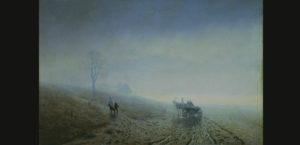
He decided to enter the Academy of Arts of St. Petersburg
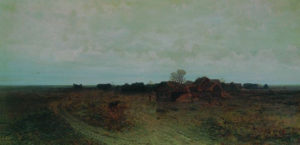
“Tatar Village in Moonlight”
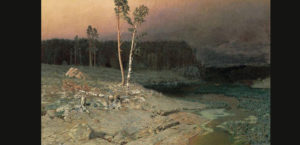
Made a trip to Valaam with other artists
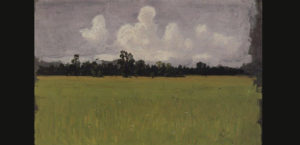
Traveled to Germany, England, France
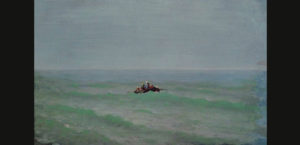
Became a member of the Association of Traveling Art Exhibitions
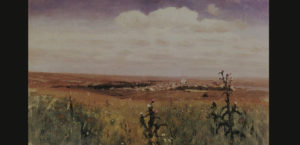
“Ukrainian Night”
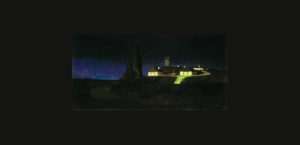
"Moonlight Night on the Dnipro river"
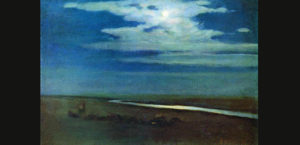
Settled in the Crimea
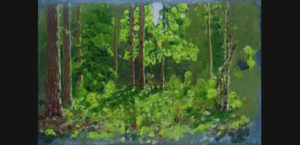
Allocated 100,000 rubles to the bonus fund for academic exhibitions
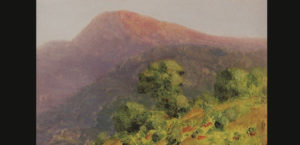
The Society of A.I. Kuindzhi was founded for the personal means of the artist
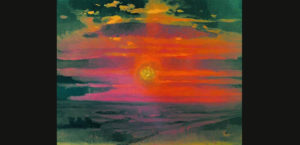
The death of the artist
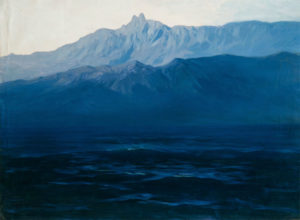
Arkhip Kuindzhi
On Artist
flow
Impressionism
Realism
friends
Nikolai Aleksandrovich Yaroshenko
Ilya Repin
Konstantin Apollonovich Savitsky
Victor Mikhailovich Vasnetsov
Vasily Ivanovich Surikov
Mikhail Konstantinovich Klodt
Vasily G. Perov
Mikhail Vasilievich Nesterov
Kryzhitsky Konstantin Yakovlevich
artists
Ivan Aivazovsky
Alexey Kondratievich Savrasov
Arseny Ivanovich Meshchersky
Ivan Ivanovich Shishkin
Diaz de la Peña
Caspar David Friedrich
By Artist
flow
Modernism
friends
Ilya Repin
Vasily Ivanovich Surikov
Ivan Kramskoy
artists
Konstantin Bogaevsky
Nicholas Roerich
Arkady Aleksandrovich Rylov
Alexander Alekseevich Borisov
Wilhelm Purvitis
Konstantin Kharitonovich Vroblevsky
Kalmykov Nikolay Pavlovich
Nikolai Petrovich Chimona
Ferdinand Ruschits
Vladimir Ivanovich Zarubin
Evgeny Ivanovich Capital
Anton Ivanovich Kandaurov
